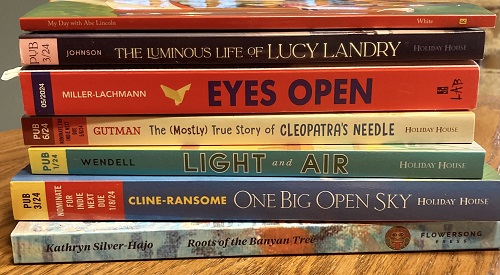A Knight’s Tale
There is an enormous equestrian painting of a 14th century knight, John Hawkwood, in Florence’s Duomo. One wonders why an English soldier should deserve such an honor. The author of A Knight’s Tale, Edward John Crockett, turned this wondering into an excellent tale woven out of solid historical research. Originally entitled Condottiere, A Knight’s Tale is the story of John Hawkwood, one of Florence’s most distinguished mercenary generals.
The story opens in 1356 with the battle of Poitiers, where events lead to Hawkwood’s fall from royal favor. On return to England, Hawkwood is approached with an offer from Pisa to raise an army for her defense. Stung by the Black Prince’s retaliation over an imagined slight at Poitiers and disenchanted with his marriage, he finds Pisa’s call irresistible. Hawkwood leaves England to begin a brilliant career as leader of the White Army, his white-cloaked company of condotierri. His service to Pisa opens the way to contracts with other Italian city-states, some Pisa’s allies, some her enemies. During the last seventeen years of his life Hawkwood serves Florence and becomes one of its leading citizens. The story closes with his death in Florence on March 18, 1394.
A Knight’s Tale is captivating reading. It is rich with political intrigue, battlefield excitement, and a love story created from Hawkwood’s actual marriage to Donina Visconti, a woman of the minor nobility. The only disappointing elements in the story were Hawkwood’s death, which seemed contrived, and his participation in Siena’s famed horse race, the Palio – which was out of character. But these are easily overlooked in the fast-paced sweep of the story. The book can be confidently recommended as an engaging and informative journey into the world of medieval Italy.










